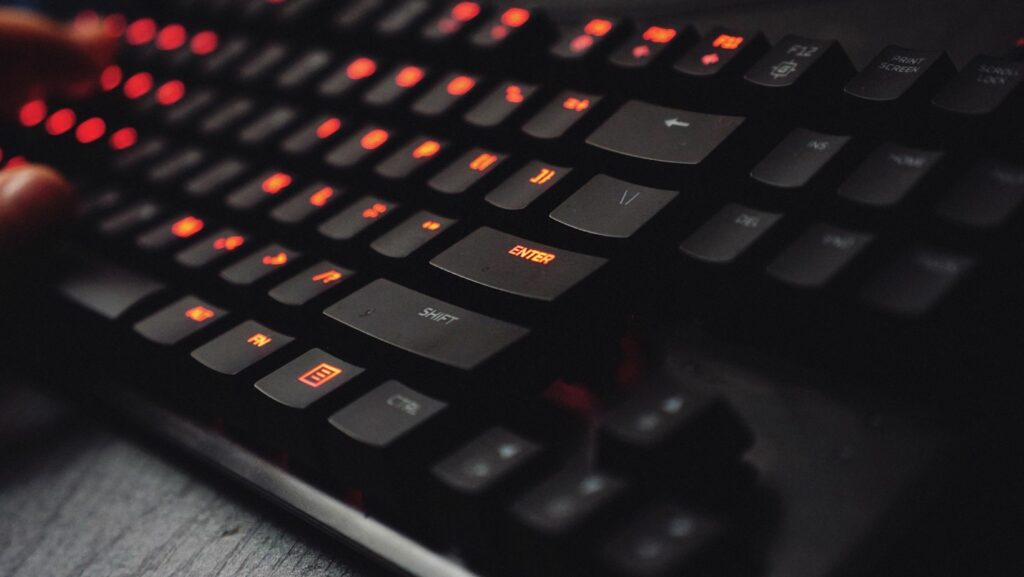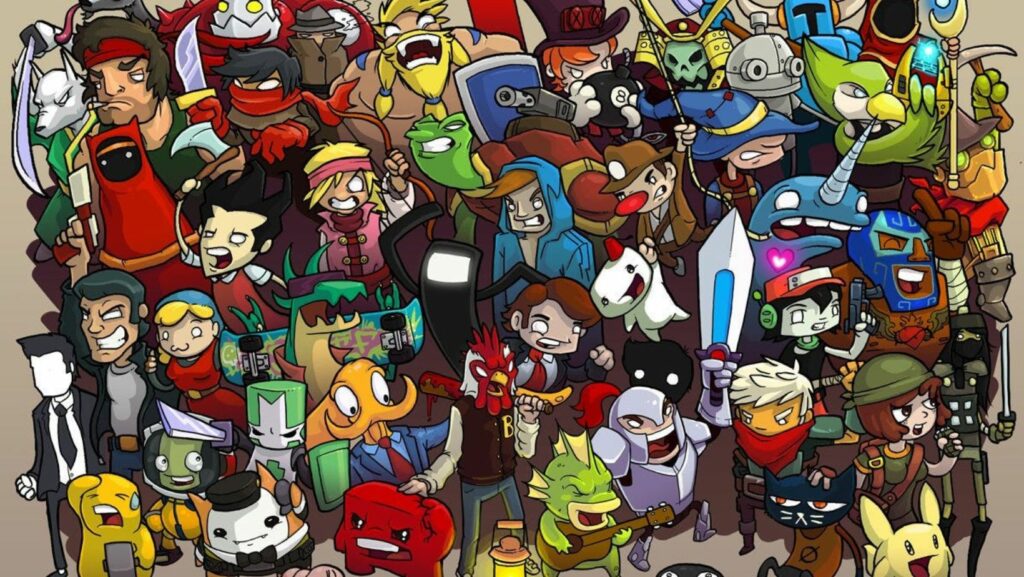How Much Does Fig Indie Gaming Usually Take
As an expert in indie gaming, I’ll delve into the topic of how much revenue indie developers typically take from their games. How much does fig indie gaming usually take? The standard revenue split for indie games on platforms like Steam or console storefronts is usually 70/30, with developers retaining 70% of the sales and the platform taking a 30% cut.

However, when it comes to distribution through popular platforms like Itch.io or Humble Bundle, developers often have more flexibility in setting their own revenue share percentages. How much does fig indie gaming usually take? This allows them to retain a larger portion of the earnings, sometimes up to 90%, providing greater financial freedom and control over their projects.
Understanding the various revenue models in indie gaming can help developers make informed decisions about where to distribute their games based on factors such as visibility, audience reach, and monetization goals. By exploring these different avenues, indie developers can maximize their profits while still gaining exposure in a competitive market.
Understanding the Costs of Developing Indie Games
When delving into the realm of indie game development, it’s crucial to grasp the intricate web of COSTS that come into play. From the initial concept phase to the final release, numerous expenses can accumulate, shaping the financial landscape for indie developers.

One significant cost factor is development tools and software. Investing in cutting-edge software suites like Unity or Unreal Engine comes with a price tag. These tools provide essential resources for building games but require a financial commitment that varies based on licensing options and additional features.
Another critical aspect is asset creation, covering everything from graphics and animations to sound effects and music composition. While some developers opt for pre-made assets to save time and money, custom-made content can elevate a game’s quality but often at a higher cost.
Marketing and promotion are vital components in reaching a broader audience. Allocating funds for advertising campaigns, social media marketing, and participation in gaming events enhances visibility but demands a dedicated budget allocation that shouldn’t be underestimated.
Additionally, don’t overlook operational costs such as office space rental, utilities, hardware upgrades, and employee salaries if working with a team. Balancing these expenditures while staying true to the creative vision poses an ongoing challenge for indie developers navigating the competitive gaming industry landscape.
Key Expenses in Indie Game Development
When diving into the world of indie game development, it’s crucial to understand the key expenses that come with bringing a game from concept to market. Here, I’ll break down some of the primary costs involved in creating an indie game:

Development Tools and Software
Investing in the right tools and software is essential for indie developers. Whether it’s game engines like Unity or Unreal Engine, design software such as Adobe Creative Suite, or audio editing programs like Audacity, these tools can come with both initial purchase costs and potential subscription fees.
Asset Creation
Creating assets for your game—such as graphics, animations, sound effects, and music—can be a significant expense. While some developers may have the skills to produce these assets themselves, others might need to hire artists, musicians, or sound designers to bring their vision to life.
Marketing and Promotion
No matter how fantastic your game is, it won’t succeed if no one knows about it. Allocating funds for marketing and promotional activities is crucial for reaching your target audience. This could include running social media campaigns, attending gaming conventions, or even hiring a PR agency.
Distribution Fees
Once your game is ready for release, you’ll need to consider distribution platforms such as Steam, itch.io, or mobile app stores. These platforms often take a percentage of sales revenue as their fee for hosting your game.
In summary:
| Category | Estimated Cost |
| Development Tools | $500 – $2,000 |
| Asset Creation | $1,000 – $10 000+ |
| Marketing | $500 – $5 000+ |
| Distribution Fees | 30% – 40% of Revenue |
Understanding these key expenses can help indie developers budget effectively and navigate the financial challenges of bringing their games to market.


